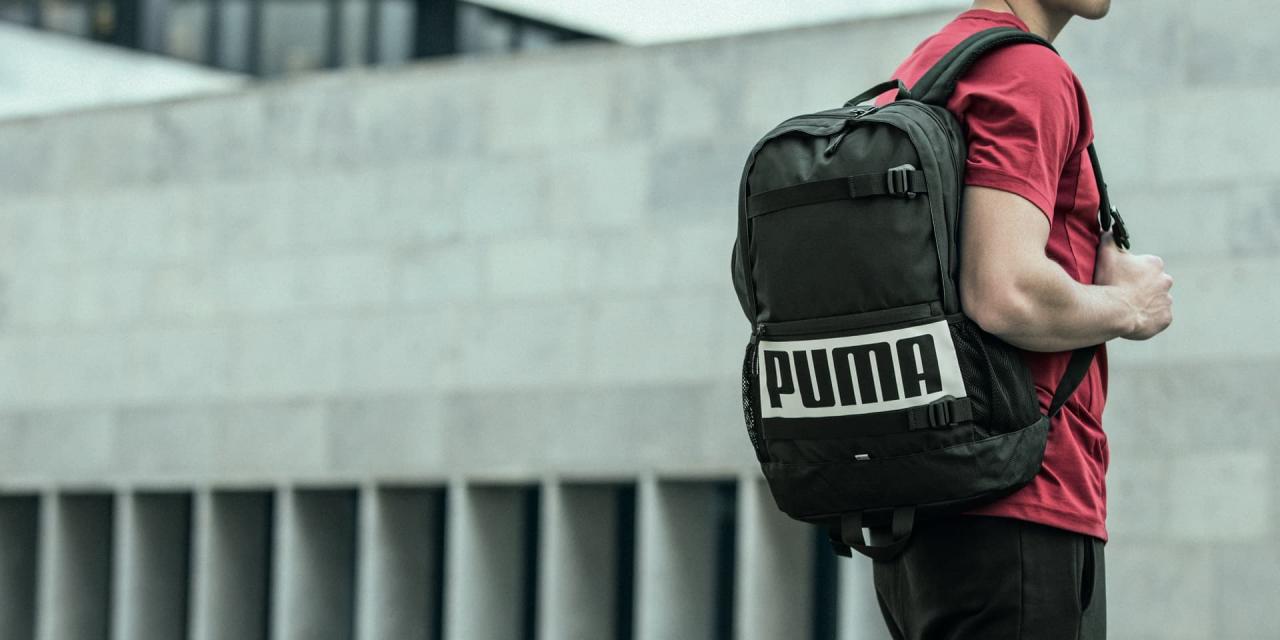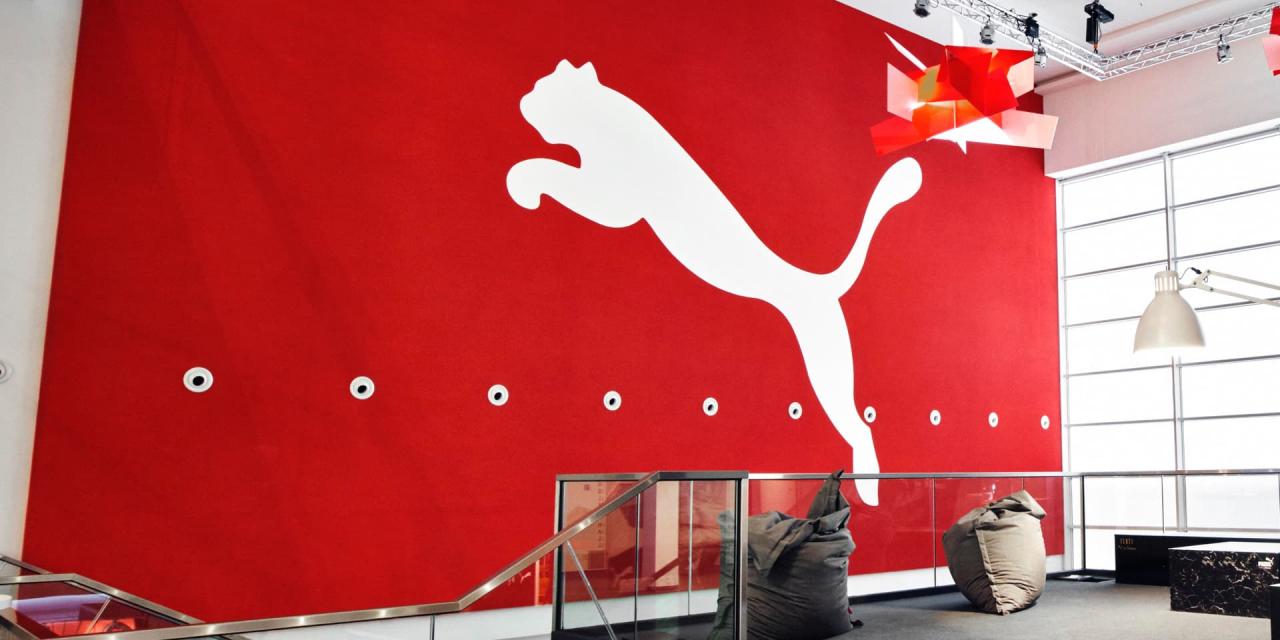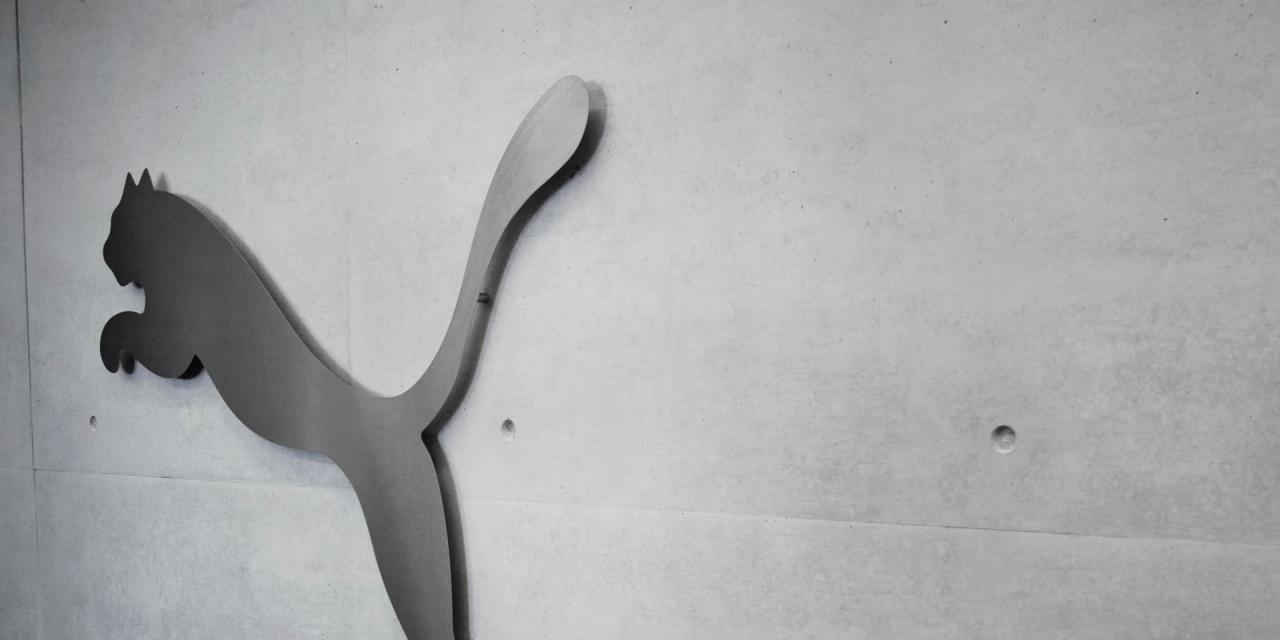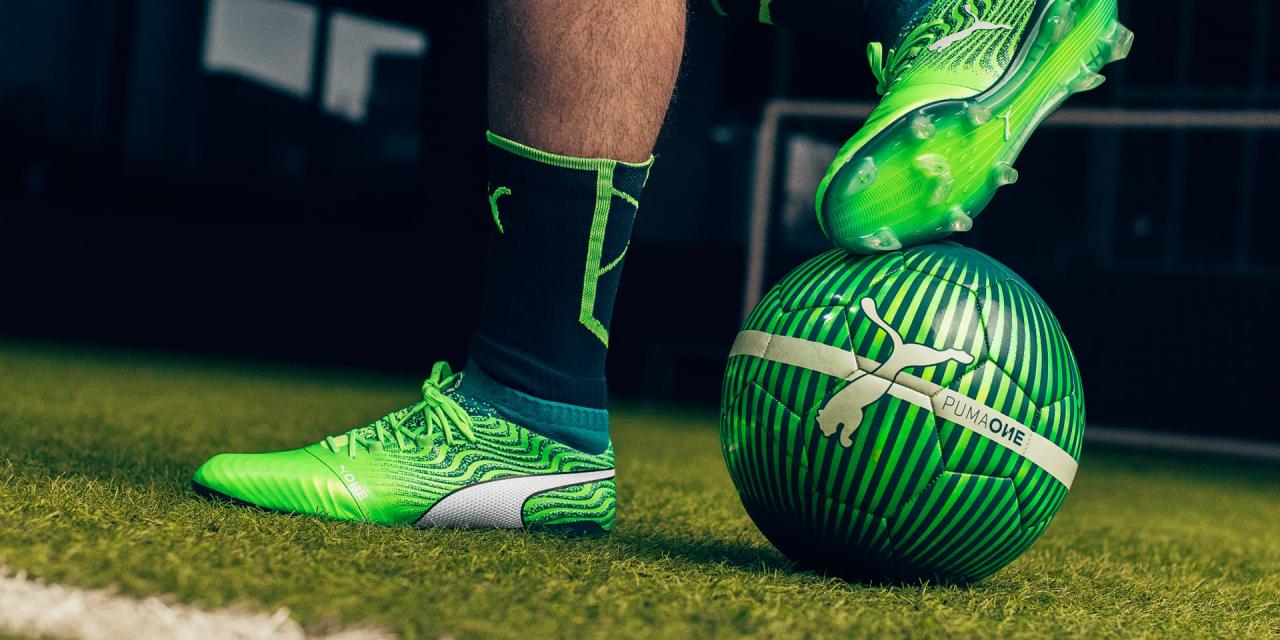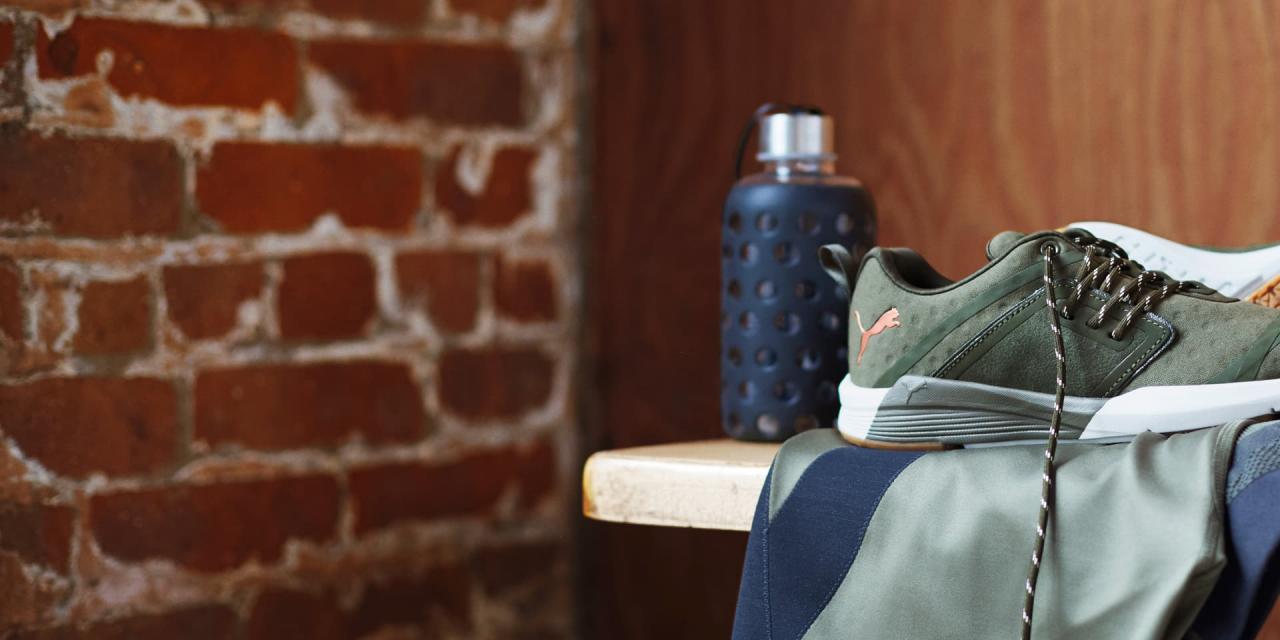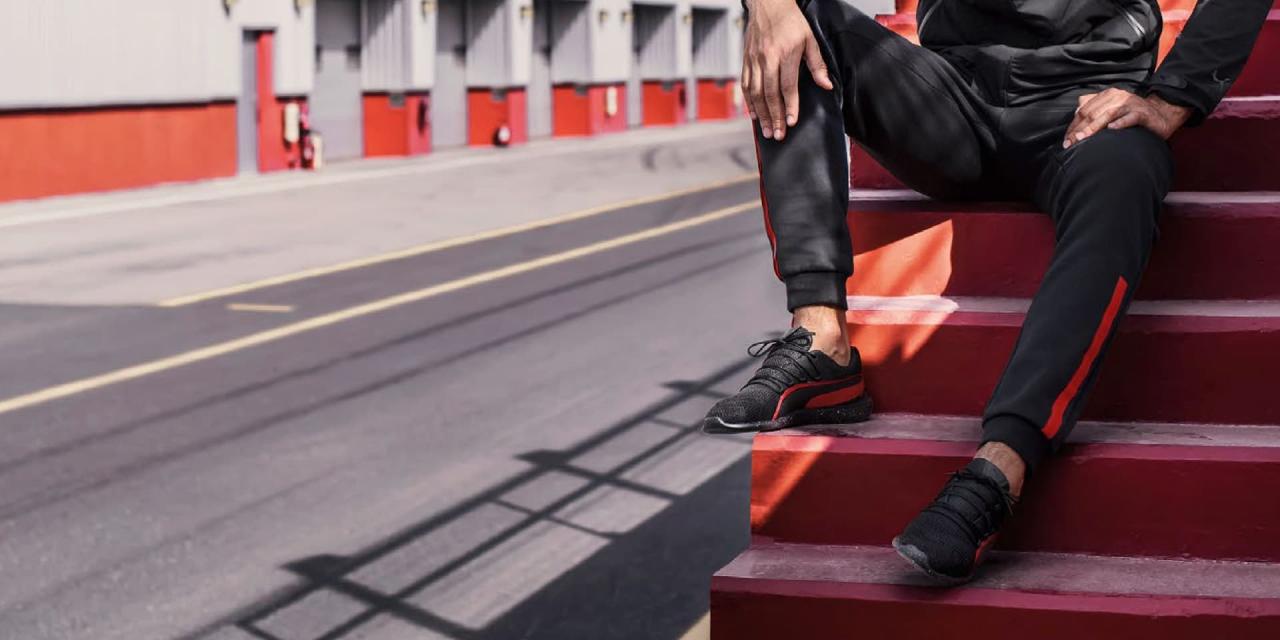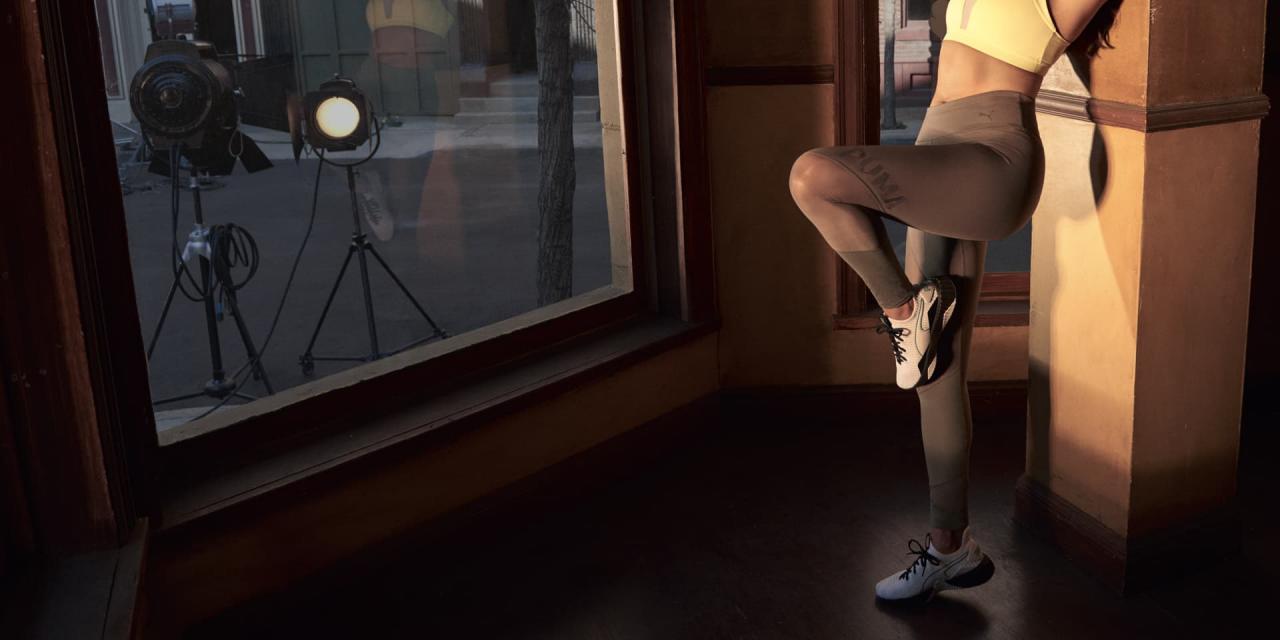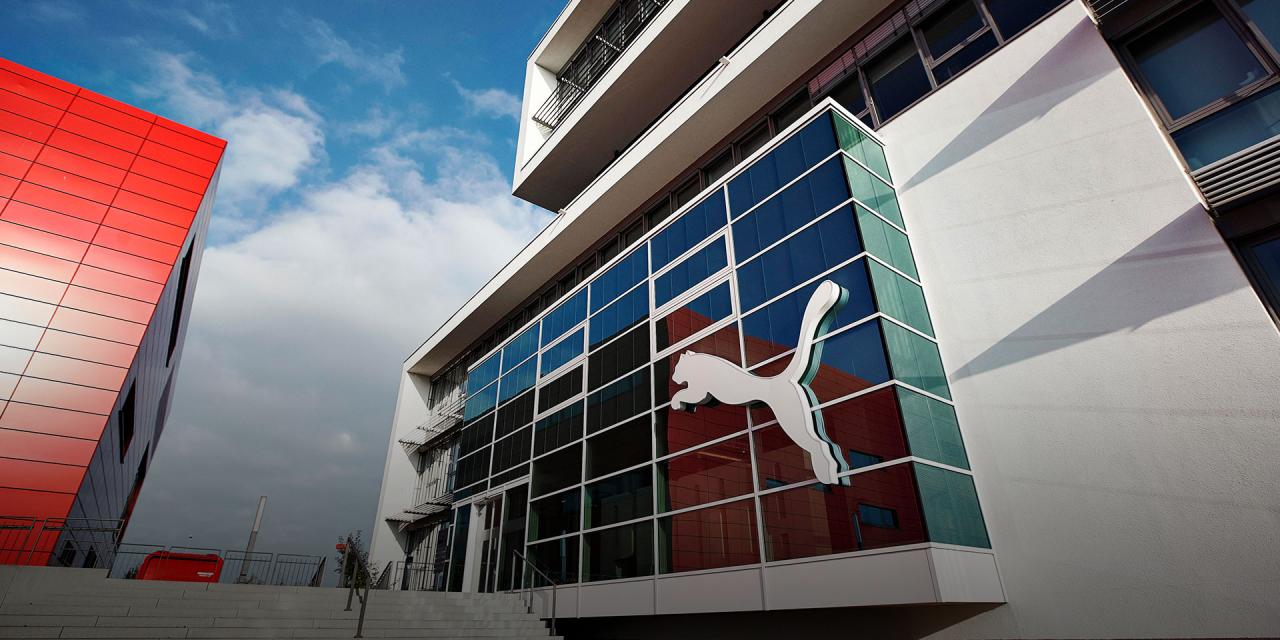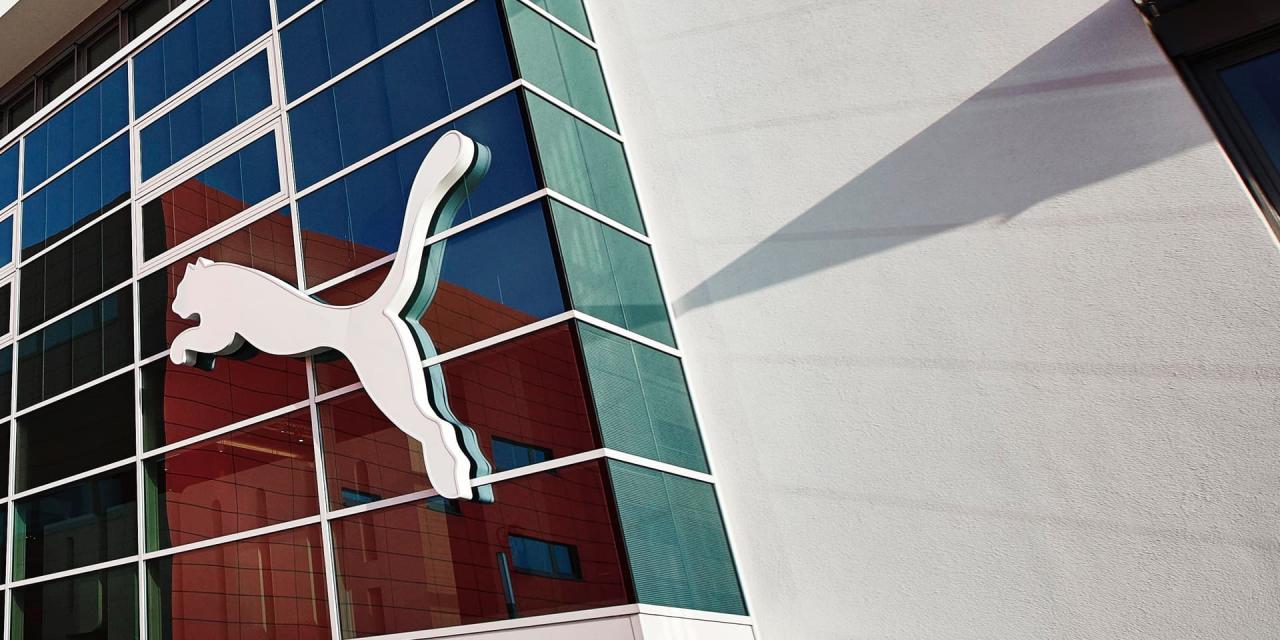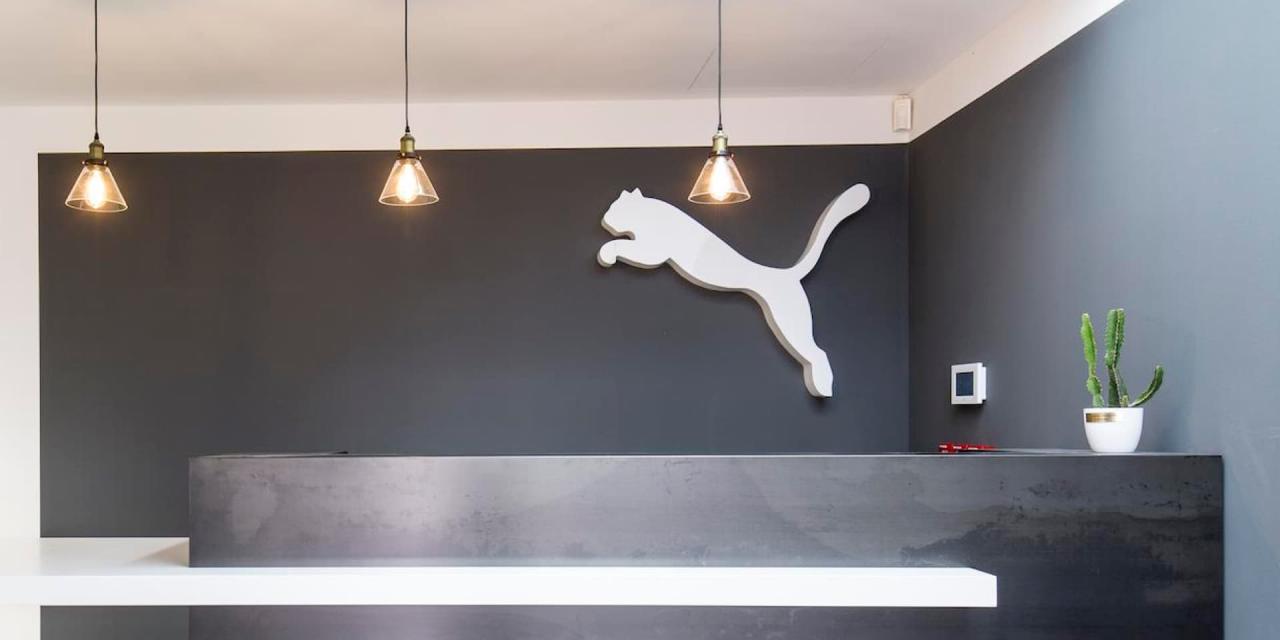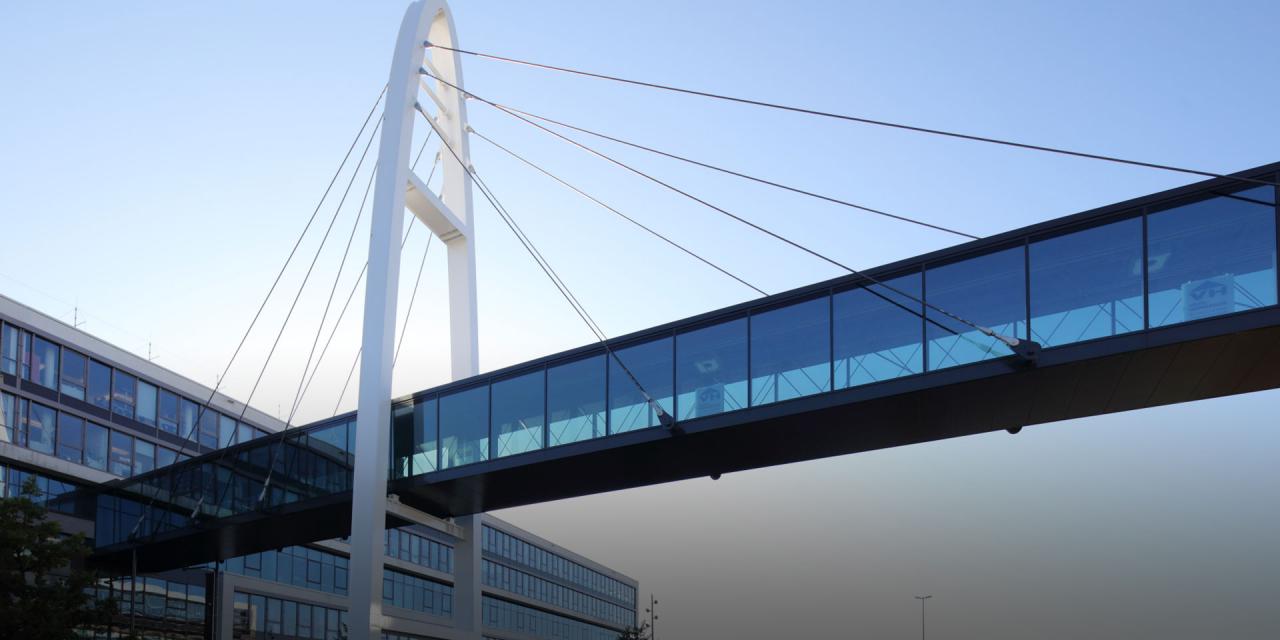
SAUBER PETRONAS driver Giancarlo Fisichella states: “Since the right gear is an important factor in motorsport, I am more than happy to wear PUMA racewear and footwear on track. PUMA not only has extensive experience with high-perfomance motorsport wear, but also nicely combines quality and functionality with fashionable design.”
“We are delighted to extend the contract with SAUBER PETRONAS and continue the good partnership,” says Andrew McPhail, Senior Manager of PUMA Motorsport. “It is a pleasure to work with such a professional and successful team that has achieved some impressive results in its long Formula 1 history. With the new, modern wind tunnel to test the cars and Fisichella and Massa as drivers, SAUBER PETRONAS will certainly be a force to contend with this season.”
SAUBER PETRONAS is an international Formula One team, located in Hinwil, Switzerland, where Peter Sauber founded his company back in 1970. The team’s highlights were the 1-2-victory 1989 at the 24 hours of Le Mans, the back-to-back sportscar World Championship Titles 1989 and 1990 and the 4th place in the 2001 Formula One Constructors’ Championship. Amongst the successful Sauber junior drivers were Michael Schumacher and Heinz-Harald Frentzen.
PUMA performance racing shoes were first used by various drivers and teams in the 1970s and early 1980s. And since 1998 PUMA’s motorsport division has gradually assembled an impressive portfolio of sponsorships. In the 2004 season PUMA will be the official supplier of racing gear in several motorsport disciplines such as Formula One, F 3000, motocross, WRC etc.
